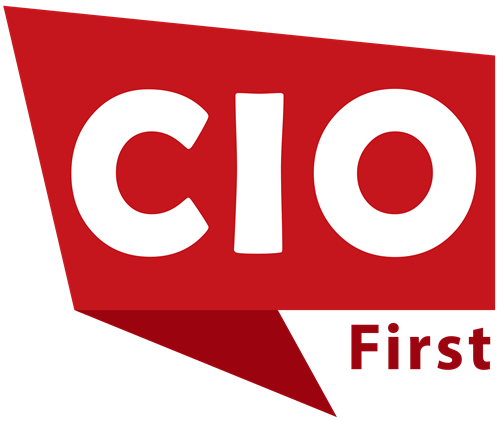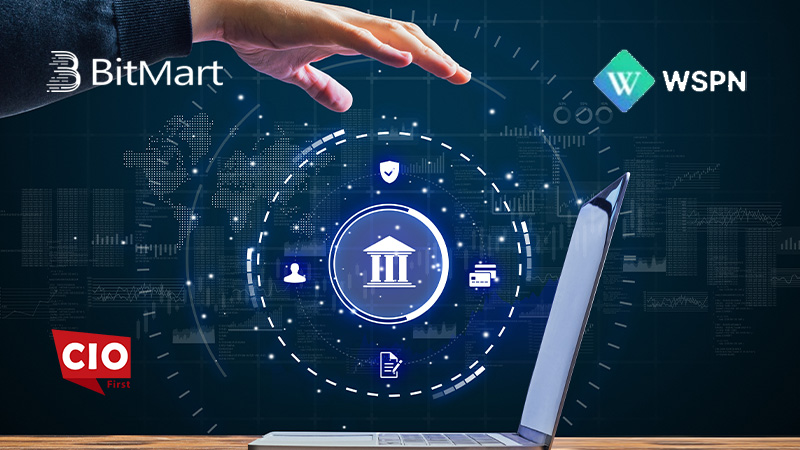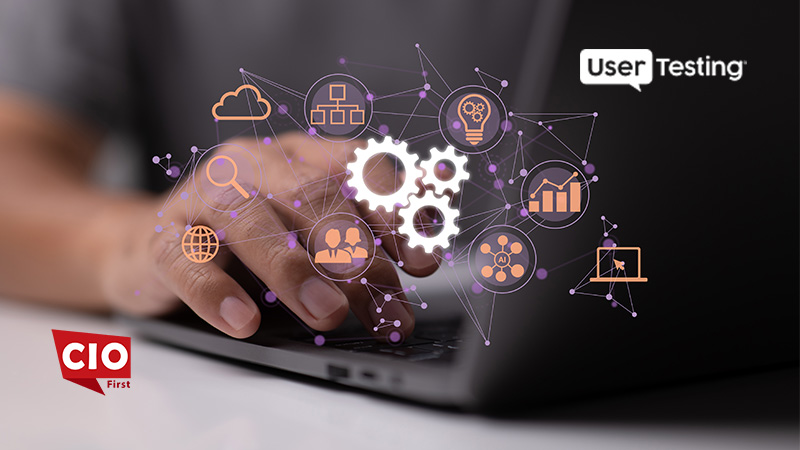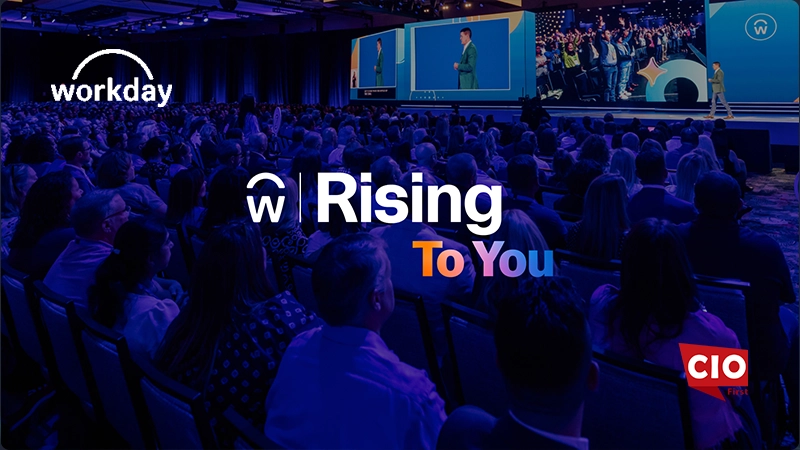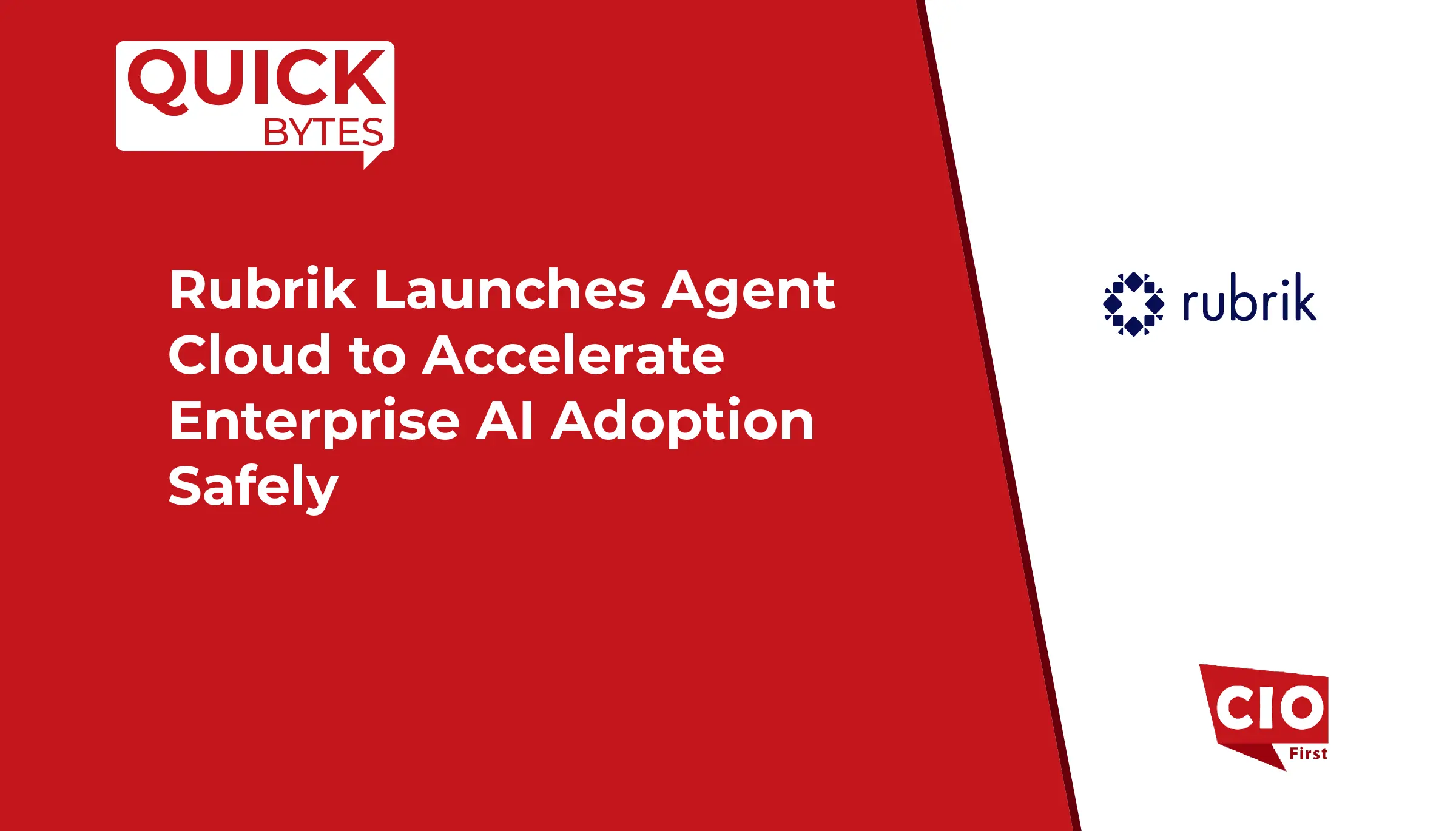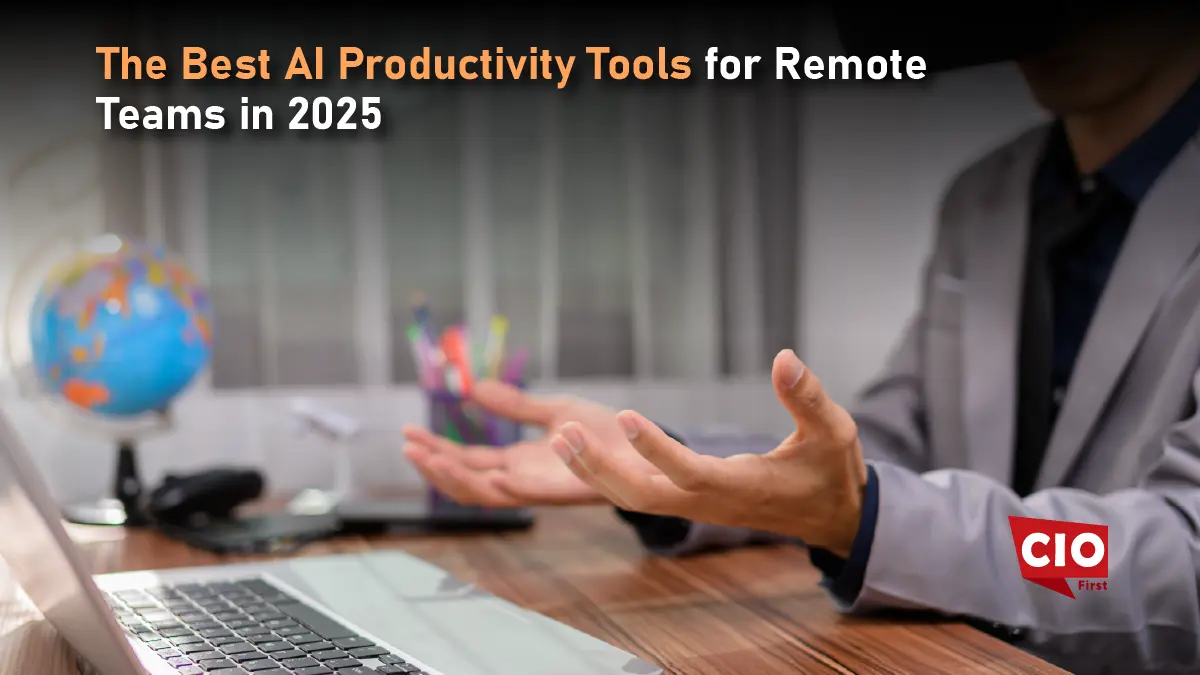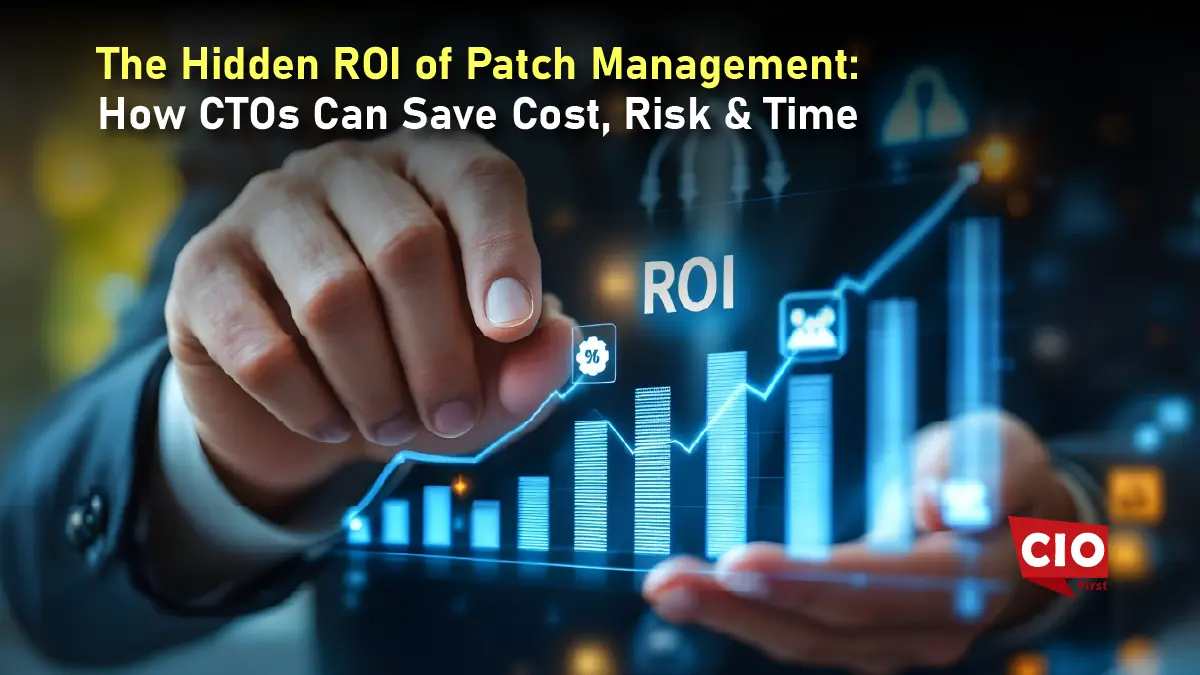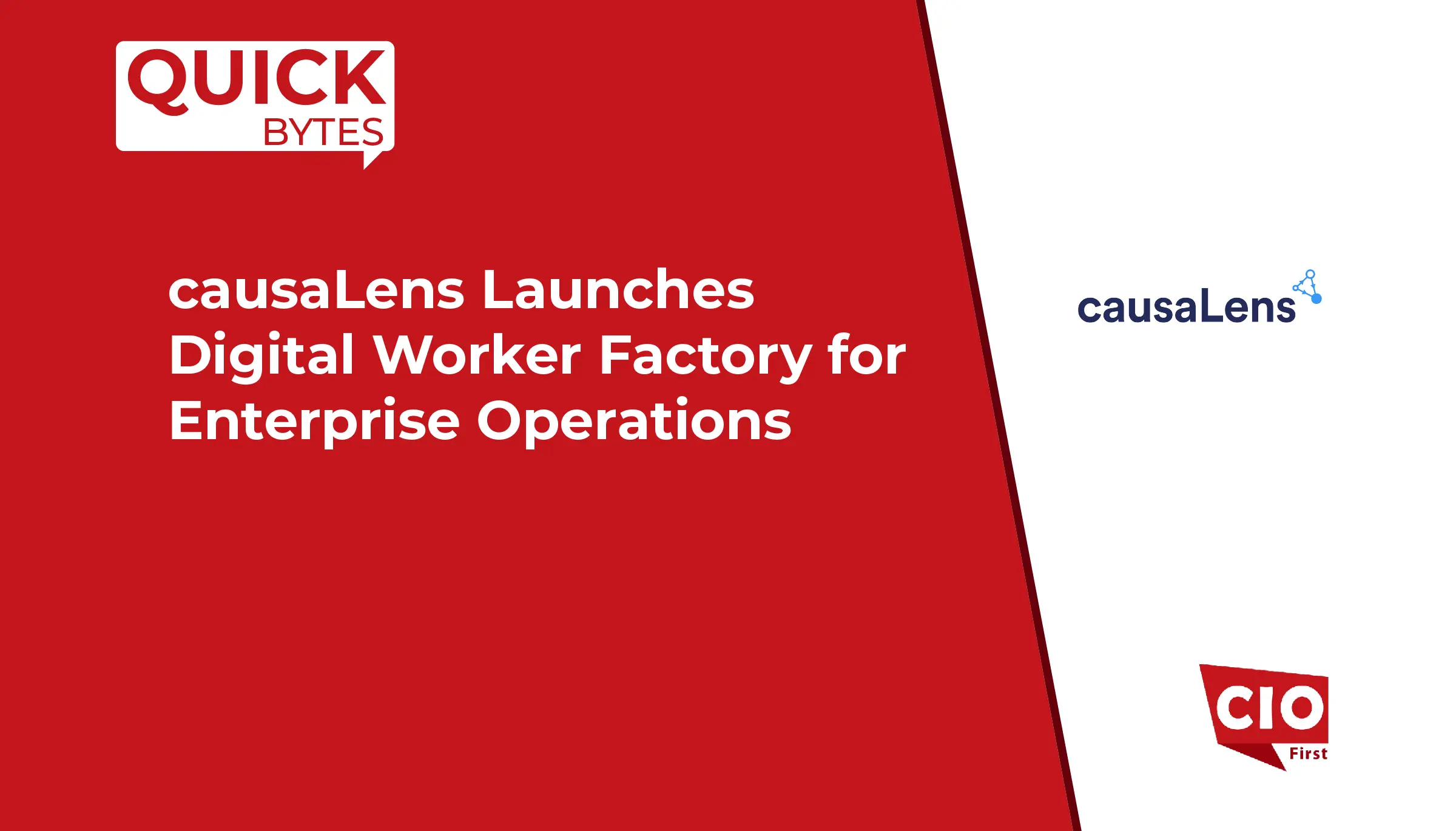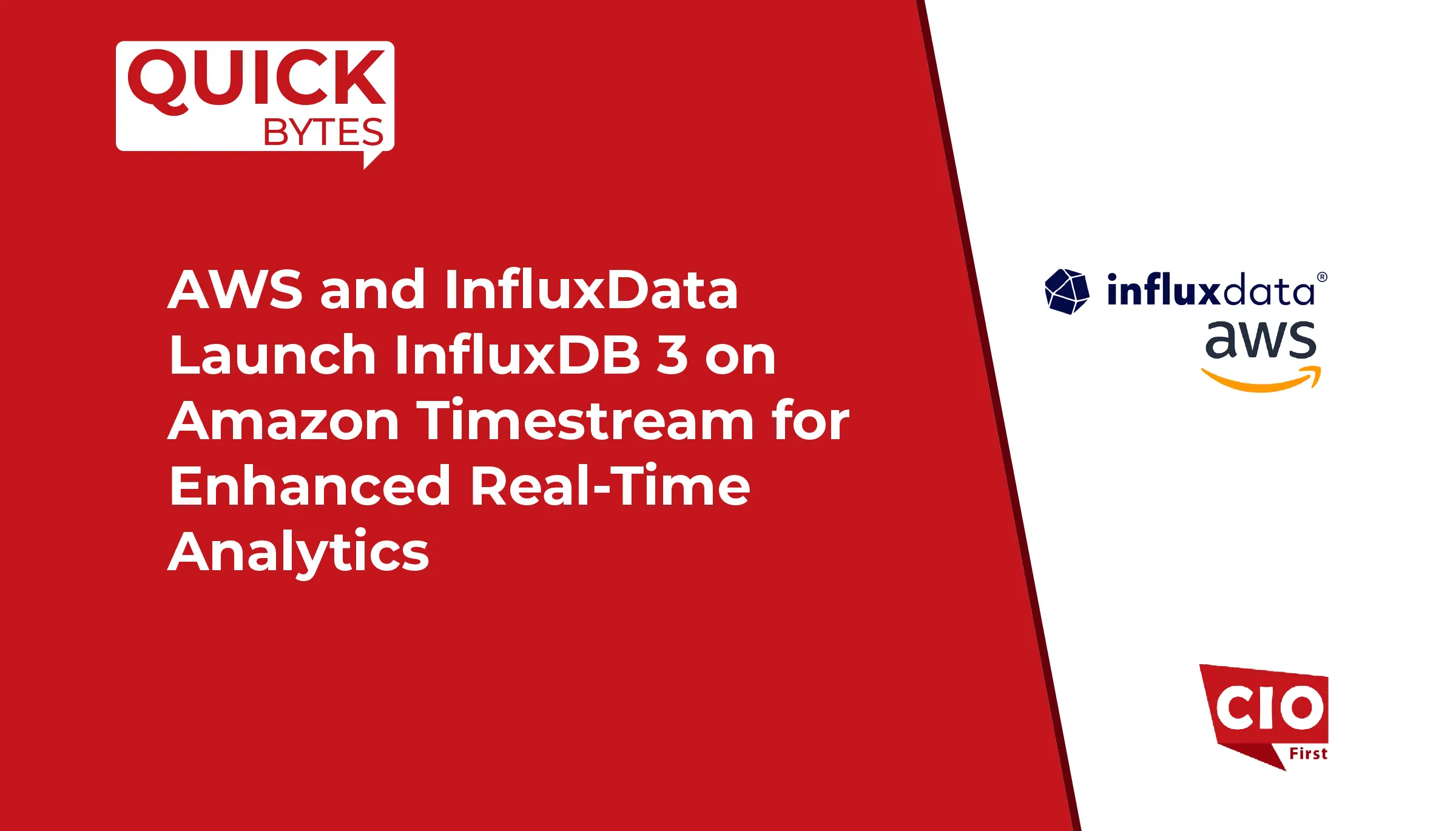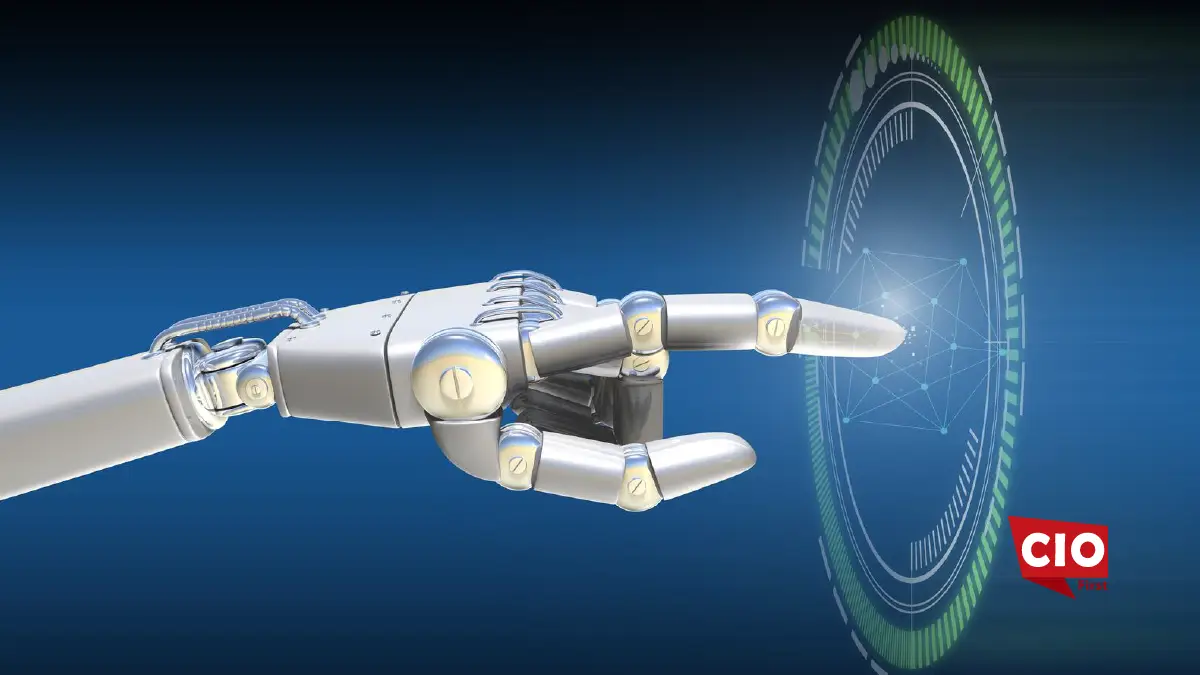CIOs face a big challenge in the fast-changing world of enterprise technology. They need to lead their organizations from old systems to AI-driven innovation. This change isn’t just about new tools. It’s a complete rethink of how businesses work, compete, and provide value. Leaders must balance stability and growth now more than ever. The stakes are high.
The Legacy Quagmire
Legacy systems have supported many businesses for decades, but they are now aging. These monolithic architectures were made for a time before digital technology. They often can’t adapt to the needs of today’s businesses. While they once provided reliability, their rigidity now stifles innovation. Old code, mismatched integrations, and isolated data cause delays. They slow down decisions and raise operational costs.
In the financial sector, old core banking systems handle transactions. However, they struggle to connect with cloud-based fraud detection tools. Healthcare providers with old EHR systems struggle to share data with AI diagnostic tools. The result? Missed opportunities for efficiency, customer satisfaction, and competitive differentiation.
The hidden costs of clinging to legacy infrastructure extend beyond technical debt. Organizations risk talent attrition as engineers gravitate toward cutting-edge environments. Unsupported systems have security weaknesses that can lead to data breaches. Also, businesses face risks from stricter data governance rules.
Beyond Automation to Strategic Reinvention
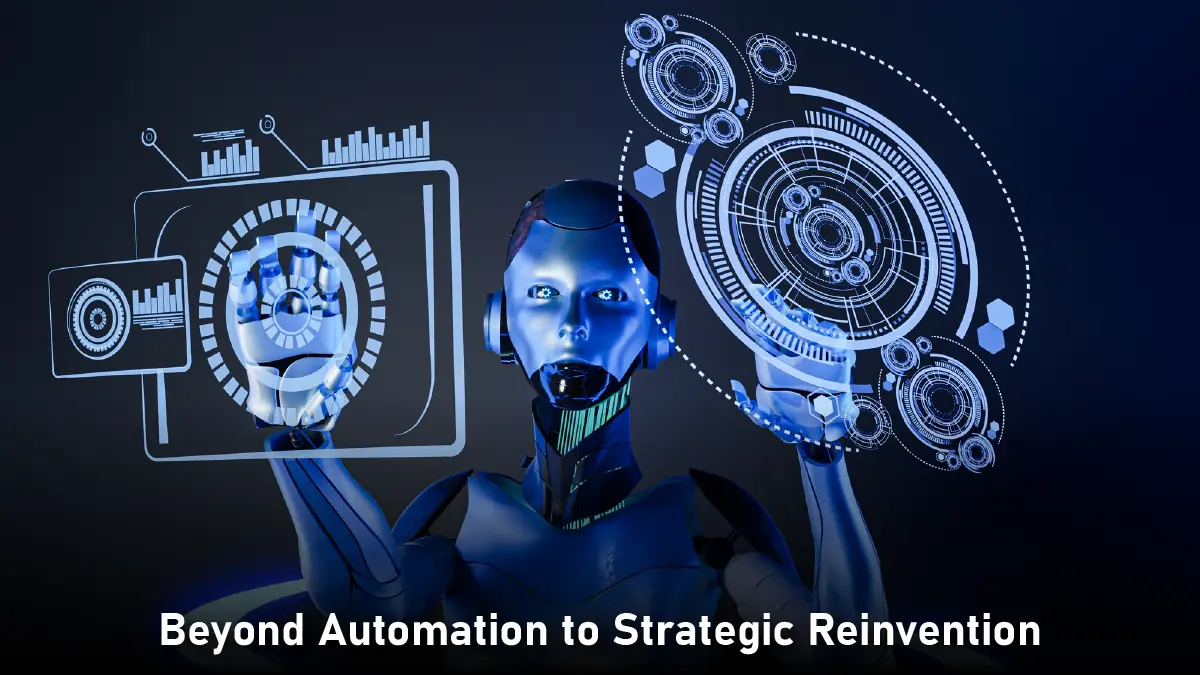
Artificial Intelligence (AI) isn’t just a future idea. It’s now the force behind the next wave of business innovation. AI is not just a small improvement. It is a major change. It lets systems learn, adapt, and improve on their own. For CIOs, this isn’t about replacing human ingenuity but augmenting it.
The adoption of AI is gaining momentum across industries. A 2024 survey revealed that 55% of organizations have implemented AI, with 23% attributing at least 5% of their earnings before interest and taxes (EBIT) to AI initiatives.
Predictive analytics uses AI algorithms. They look at past data to predict market trends or equipment failures. Walmart and other retail giants use these models to manage inventory better. They can cut waste by predicting changes in demand. Similarly, manufacturers deploy AI-driven predictive maintenance to minimize downtime, saving millions annually.
Natural Language Processing (NLP) is another frontier reshaping industries. Insurers use NLP to speed up claims processing. They pull insights from accident reports’ unstructured text. Generative AI chatbots help customers by answering questions quickly. They also gather sentiment data, which helps improve brand strategies. These applications transcend efficiency; they redefine how businesses interact with stakeholders.
Yet AI’s true potential lies in its ability to unlock innovation. Pharmaceutical companies accelerate drug discovery by simulating molecular interactions with machine learning. Financial institutions detect money laundering patterns in real time using neural networks. These use cases show that AI is not just a tool. It acts as a strategic partner in tackling big challenges.
Bridging the Divide
Shifting from old systems to AI-driven ones requires more than tech skills. It also demands strong leadership. CIOs need to manage this transition without disrupting operations. It’s like fixing an airplane while it’s still flying.
The journey begins with a candid assessment of existing infrastructure. Which legacy systems are merely outdated, and which are truly obsolete? Prioritize platforms that hinder scalability or expose the organization to risk. A global logistics company recently replaced its 20-year-old inventory management system. They switched to a modular cloud solution that uses AI for demand forecasting. The result was a 40% reduction in excess stock and a 25% improvement in delivery times.
Next, adopt a ‘future-proof’ mindset. Invest in platforms built for interoperability, such as microservices architectures or API-first solutions. These frameworks allow businesses to incrementally integrate AI capabilities without overhauling entire systems. A European bank, for example, added AI chatbots to its CRM. This improved customer service and kept back-end processes running smoothly.
Cultural readiness is equally critical. Foster a workforce fluent in AI’s possibilities and limitations. Upskilling programs, partnering with tech vendors, and creating cross They help unite teams around common goals. A multinational retailer launched AI-driven dynamic pricing. They also held workshops to help merchandisers understand AI recommendations. This way, they ensured that human oversight worked with algorithmic precision.
Navigating Ethical and Operational Pitfalls
AI adoption is fraught with challenges that extend beyond code and algorithms. CIOs face tough choices about ethics. They deal with data privacy, algorithmic bias, and workforce displacement. At the same time, they need to make sure AI efforts match corporate values.
Transparency is paramount. Employees and customers alike demand clarity on how AI decisions are made. Use explainable AI (XAI) models. They should create clear trails for important tasks. This includes loan approvals and medical diagnoses. A North American healthcare provider used an AI triage system. It worked with ethicists to check the algorithm for racial and gender bias. This helped to build trust with both practitioners and patients.
Data governance also emerges as a linchpin. AI works best with quality data, but older systems often have broken or inconsistent data. Modernize data lakes with robust metadata management and cleansing protocols. A telecom giant combined years of customer data into one lake-house system. This helped its AI team train churn-prediction models with amazing accuracy.
Security cannot be an afterthought. AI systems, particularly those interfacing with external ecosystems, expand the attack surface. Zero-trust architectures and AI-specific threat detection tools are essential. A fintech startup added AI to its payment gateway. It also included encryption protocols that changed with the AI’s learning patterns. This helped stop new types of attacks.
The CIO as Catalyst
The shift from old systems to AI-driven solutions is a challenge for leaders, not just tech teams. CIOs should promote a culture of experimentation. In this culture, failure is seen as a stepping stone, not a setback.
Encourage pilot programs that test AI’s viability in low-risk environments. A food and beverage company tested AI quality control on one production line first. Then, they rolled it out across the entire company. Celebrate early wins to boost momentum. A transportation firm showed that AI-optimized routing cut fuel costs by 15%. This success helped gain support for larger projects.
Collaboration across the C-suite is also vital. Work with CFOs to show AI’s ROI. Use case studies to connect tech investments to revenue growth or cost savings. Collaborate with CHROs to reshape roles using AI workflows. This helps employees view AI as a tool, not a threat.
The Future Is Adaptive
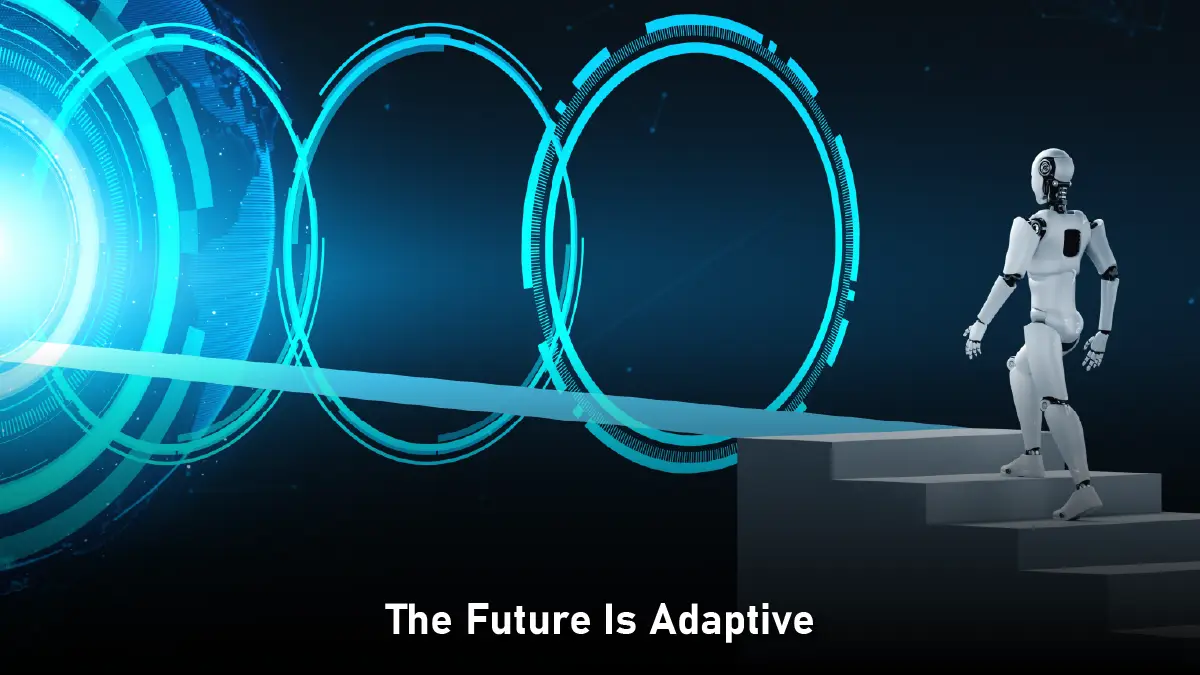
The shift to AI-driven systems is not a one-time project but a continuous evolution. As AI technologies grow, like quantum machine learning and self-improving algorithms, CIOs need to build flexible infrastructures. These systems must adapt to new tech advancements.
Embrace a modular approach where AI components can be updated independently. Invest in platforms that have machine learning operations (MLOps) features. This will help simplify model retraining and deployment. Partner with agile startups and academic institutions to stay ahead of emerging trends.
Above all, maintain a customer-centric lens. AI is valuable because it solves real-world problems. It aids in hyper-personalized marketing. It also offers instant language translation for global teams. Regularly revisit the question: How does this innovation enhance the human experience?
Conclusion
The gap grows each day between companies using AI and those stuck with old systems. CIOs must act quickly. Delaying this change could lead to obsolescence. In today’s market, agility and intelligence are key to being a leader. The way ahead needs courage and smart planning. It also requires us to let go of what we know to embrace change.
CIOs can see huge benefits by viewing AI as an evolution of legacy systems, not a replacement. This approach unlocks new efficiencies, insights, and opportunities. The future is for leaders who adapt to change clearly. They must act quickly before their edge fades.
